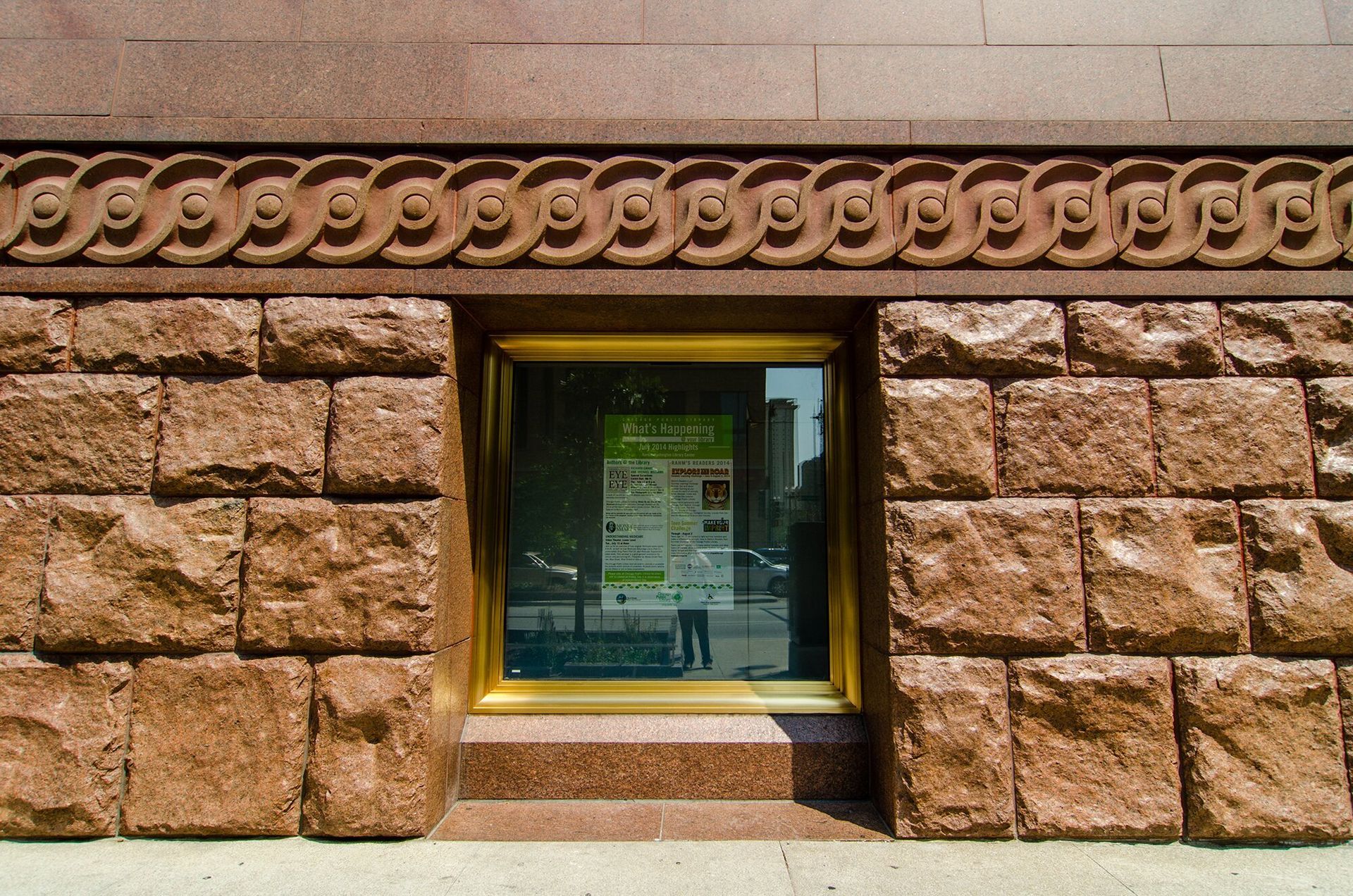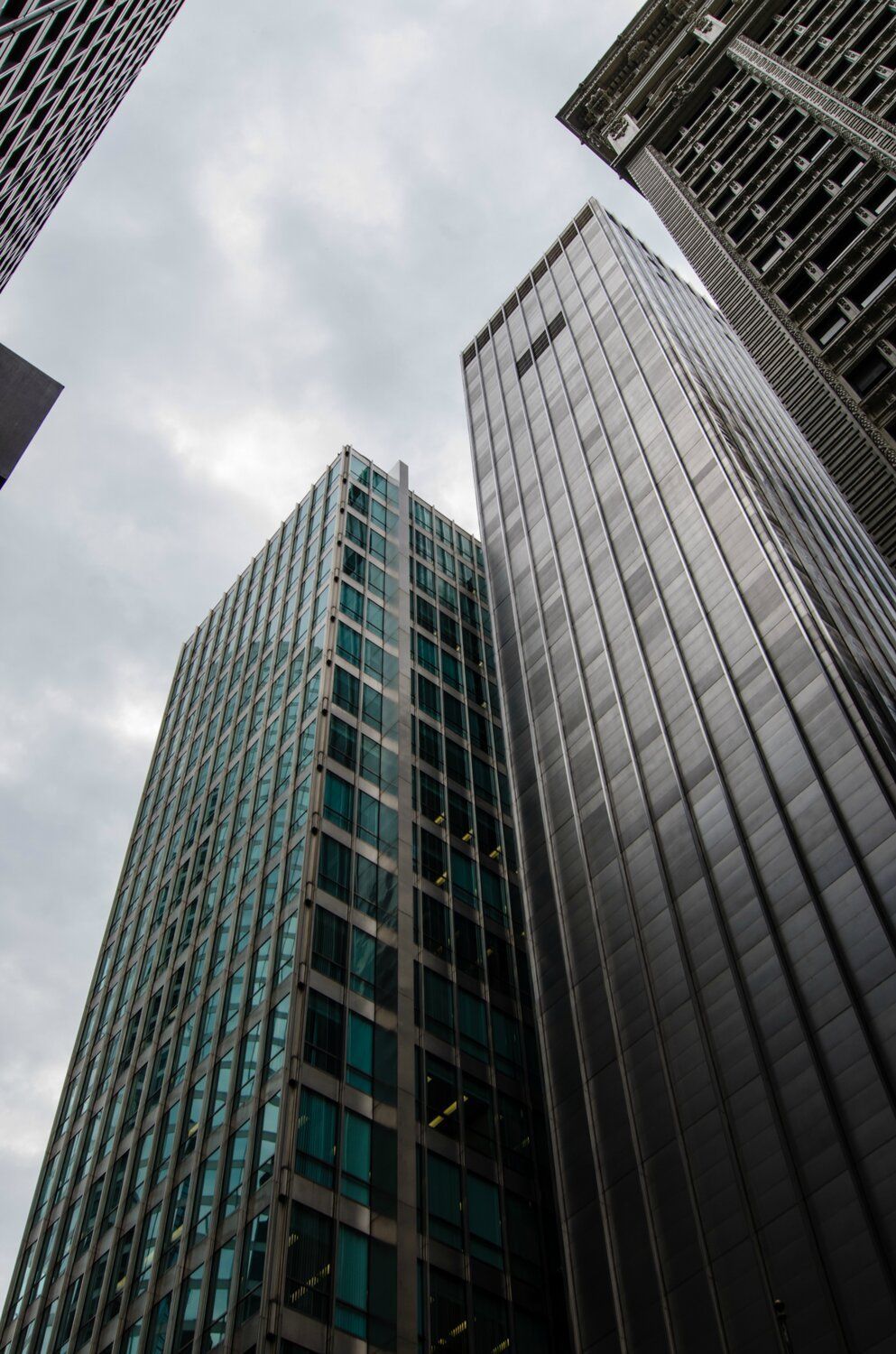Millennium Park
“Let’s cover it with a park.”
Photo by Richard Schneider, licensed under CC BY-NC 2.0.
Photo by Eric Allix Rogers
The story goes that while Chicago Mayor Richard M. Daley was at his dentist's office on Michigan Avenue, he looked out the office window at 900 parked cars and a railroad station and said, “Let’s cover it with a park.”
While the reality is probably more nuanced and complicated, the idea for an iconic park was born. With more than 4 million people visiting Millennium Park every year, it has become a much-loved destination that has changed the image of Chicago.
But none of that could have happened had it not been for the foresight of Chicago’s citizens, who lobbied to protect the open space in 1835. As a result, the area east of Michigan Avenue and south of Randolph was designated a “public ground forever to remain vacant of buildings.”
A PUBLIC ART GALLERY
Because new buildings are forbidden in the park, structures in Millennium Park are either labeled as art or they are buried underground. Distinctive art pieces include:
- The Pritzker Pavilion, by world-renowned architect Frank Gehry.
- Cloud Gate, created by Indian-born British artist Anish Kapoor and nicknamed“The Bean" by Chicagoans.
- The Crown Fountain, by Spanish artist Jaume Plensa.
Millennium Park celebrates many qualities Chicago residents love about their city. The Pritzker Pavilion, whose billowing brushed stainless steel headdress stands 120 feet high, increases access to outdoor performances like the Grant Park Music Festival. An overhead trellis of crisscrossing steel pipes extends from the stage over the great lawn and provides mountings for a sophisticated sound system. Cloud Gate’s popularity is partly due to its interactive nature. Visitors can walk around and underneath it, see their reflections and maybe even take a selfie. Crown Fountain, a pair of 50-foot glass block towers set in a plaza of black Zimbabwe granite, is a public space where children of all ages enjoy running and splashing in the reflecting pool.
ROOMS DEFINE THE OUTDOOR SPACES
The park’s art is arranged in a series of smaller “rooms,” a concept first imagined by Daniel Burnham and later by Edward Bennett for the landscape of Grant Park in 1909. In Millennium Park, each room communicates a different design idea, transitioning from the French Renaissance edge of Michigan Avenue to the more contemporary architecture to the east.
Did you know?
Crown Fountain is comprised of two 50-foot-tall glass brick towers that display a cross section of Chicagoans. One thousand residents’ faces appear in random order on LED screens.
Did you know?
Every hour, 11,500 gallons of water flow through Crown Fountain, pumped from a 140-gallon reservoir under the reflecting pool.
Did you know?
Cloud Gate (The "Bean") cost $23 million to create and transport to the park. The sculpture weighs 110 tons and is made up of 168 stainless steel plates stitched together with tack welds.
Did you know?
Millennium Park is a 24.5-acre rooftop garden built over an underground parking garage.
Did you know?
Frank Gehry’s Pritzker Pavilion cost $60 million and is made of 870 tons of steel.
















